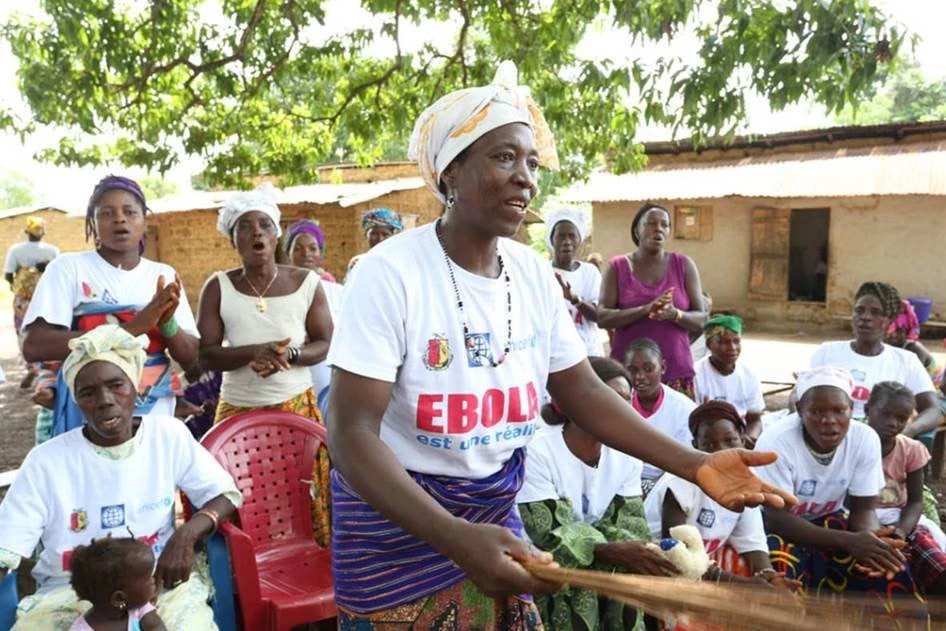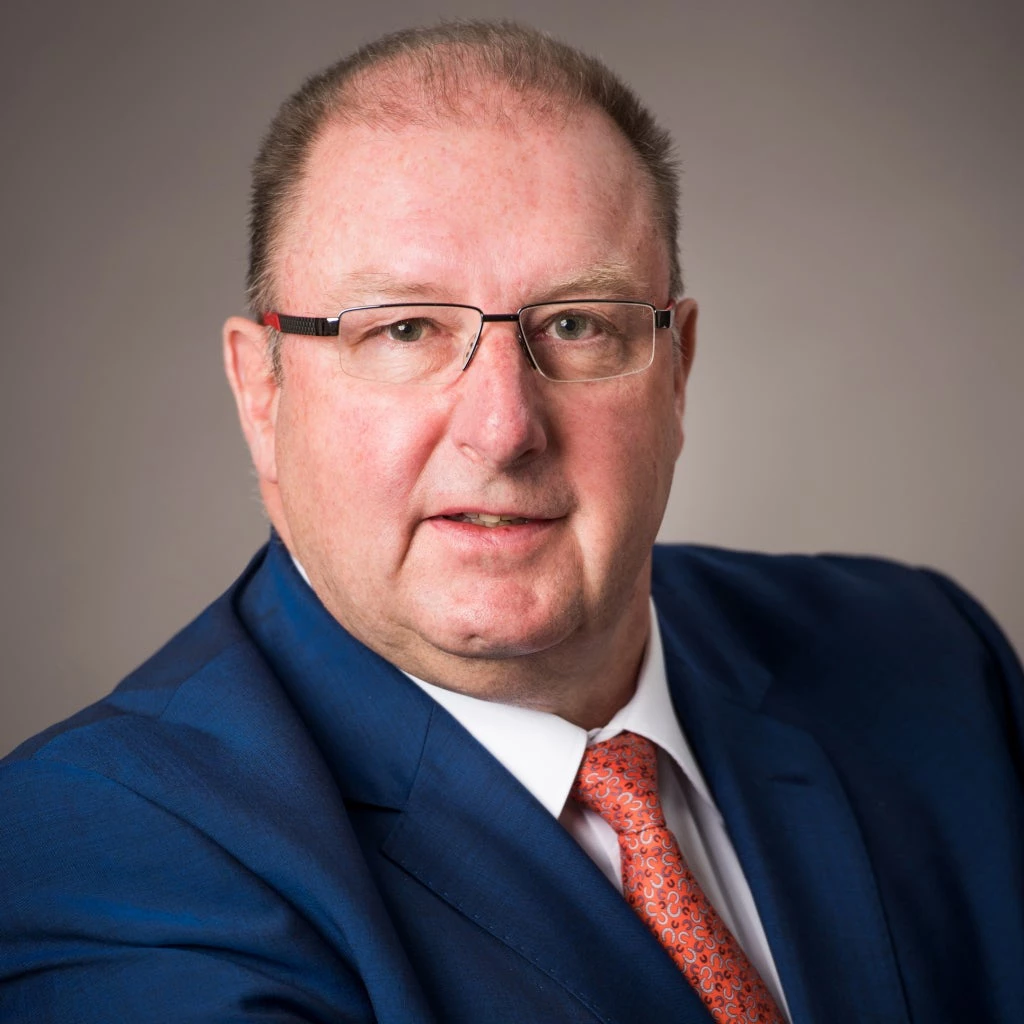A few years ago, West Africa was gripped by the Ebola outbreak. The onset of the virus devastated communities and weakened the economies of Guinea, Liberia, and Sierra Leone.
Ebola moved quickly and an immediate response by development partners was badly needed. The governments of the three affected countries requested assistance from UN agencies and the World Bank to lead a coordinated effort to curb the epidemic. The Bank responded by restructuring ongoing health projects to free up resources for the governments to quickly contract UN agencies.
Normally, the process of drafting, negotiating and signing case-by-case financial agreements is quite lengthy. But teams across the institutions pulled together to work as quickly as possible to assist in the crisis situation. Out of this challenging situation, a new approach to engaging UN agencies under Bank-financed investment lending operations evolved.
During the Ebola crisis, the Bank worked closely with the World Health Organization (WHO), the United Nations Children’s Fund (UNICEF), the UN Population Fund (UNFPA), and the United Nations Office for Project Services (UNOPS) - to name a few - on outreach to affected communities and mobilization of international medical responders, along with many other activities. These joint efforts were mobilized in record time. As a result, the spread of infections was contained, and communities were aided in coping with the economic impact of the crisis without unnecessary bureaucratic delays.
UN agencies are the Bank’s natural partners, and we share a long history of working together. However, with our different business models, policy requirements and internal processes, barriers to seamless coordination and speedy financing options can be enormous. In the past, almost every engagement of a UN agency under a Bank-financed investment project had to be dealt with on a case-by-case basis to align our respective procedures and requirements. In the case of Ebola, there was no luxury of time. It soon became clear that good practices and innovations developed in working with UN agencies should be mainstreamed, and standardized tools developed for governments to use when engaging UN agencies under Bank-financed operations.
That’s exactly what we’ve been doing. We recently developed and formally signed standard agreements with several of our key partners--WHO, the International Labor Organization (ILO), UNOPS, and the UN Industrial Development Organization (UNIDO)--making it easier for our client countries to benefit from the expertise of these institutions while implementing Bank-funded projects.
With this new approach, we’re not only simplifying our internal processes; we are also leveraging the comparative advantage and expertise of different UN organizations to help fill capacity gaps that exist in countries.
The upcoming year is an ambitious one for the Bank, as we aim to ramp up our work in many of the most challenging environments, especially fragile and conflict states. We’ll continue to partner more and more with other development institutions and the UN organizations that sometimes have a bigger footprint in these countries, and implementation capacity where governments don’t have it.
This is just the beginning, with more partnership agreements to come. It’s clear that we’re stronger when we’re working together.



Join the Conversation